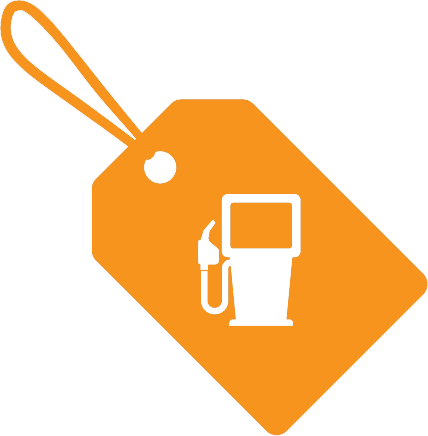How to pet-proof your home in 8 simple steps
This article was originally posted on economical.com.
Whether you’re planning to surprise your family with a cuddly kitten or adopt a full-grown dog from your local animal shelter, take these steps to prepare your space before bringing your new furry family member home:
1. Securely close your garbage cans. For many pets, an open garbage bin is hard to resist — especially when your tasty leftovers are sitting inside just waiting to be eaten. Last night’s lasagna scraps might not hurt your furry friend, but there may be something else in the garbage that could. To keep your little piggy out of the trash, consider a can with a secure lid or keep your lidless bin in a cupboard.
2. Get out the baby gates. If you want to keep Cooper off your cushy couches without making your house feel like Fort Knox, set up some baby gates in the doorways you want to close off. Baby gates will likely be secure enough to keep your pet contained without making him feel like he’s been shut out.
3. Give them their own space. Setting up a scratching stand, crate, or pet bed and keeping toys in a designated area will let Fluffy or Fido know which space is their own — and hopefully keep them off your favourite furniture.
4. Childproof your cupboards. You can count on a crafty cat or dog to figure out how to get into your cupboards — just like a toddler would. Consider adding childproof latches to the cupboards where you store cleaning supplies and other chemicals, medications, sharp objects, and anything else that could harm your pet.
5. Keep your clutter at bay. A teething puppy could be mighty tempted to eat your favourite leather loafers for lunch or make a slobbery mess out of your brand new notebook — especially when you’re not there to supervise. Clean up after yourself and avoid leaving clutter where your pet can reach it. Not only could it become a chew toy, but it could be harmful to your furry friend.
6. Secure all electrical cords and charging cables. Electrical cords and charging cables are terribly tempting — and they can make for dangerous pet toys. Lift cords out of your cat or dog’s reach with sticky-backed cord clips, wind up excess cording and secure it with a piece of tape or Velcro, or visit your local pet store and ask about pet-proof cord protector tubing. When you have a pet at home, keeping cords and wires out of sight (especially when they’re plugged in) can help prevent shocks and other mishaps.
7. Ditch the poisonous plants. Many common household and garden plants can make animals sick, including daffodils, lily of the valley, tulips and hyacinths (especially their bulbs, which a digging dog is bound to find in the garden), lilies, azaleas, poinsettias, and many more. Take an inventory of the plants in and around your home and do a little research to make sure they aren’t poisonous to your pet. And remember, cats in particular like to climb, so even if you think a plant is out of reach, your cat could still find it.
8. Don’t forget to inspect your fence. If you’re letting your dog outside, make sure he has a securely fenced-in area to run around in, away from anything that might hurt him (like those poisonous plants, antifreeze and other chemicals in your garage, or a busy street). Before you let him outside for the first time, take a walk around the area and make sure there aren’t any gaps in the fence — and look carefully for escape routes that your dog might see at his own level.
Bringing home a little (or big) bundle of furry joy is exciting, but remember that all pets require unique care and attention to make sure they adjust comfortably to their new surroundings. Be sure to talk to your vet if you have any questions about what’s safe for your new pet.
Does home insurance cover pet damage?
Most basic home insurance policies don’t cover damage done by your own pet. However, pet damage would generally be covered by a comprehensive or “all risks” home insurance policy, so you’ll be covered if your puppy chews through your kitchen cabinets while you’re out. That said, it’s worth noting that each instance of pet damage would count as an individual claim on your policy, which could affect your premium in the long run — so preventing damage by properly pet-proofing your home and training your pet is your best option. As with any other claim, the deductible in your policy will also apply if you make a claim for pet damage, so keep that in mind when deciding whether or not you need to make a home insurance claim.
Every insurance policy is different, so contact us today to find out if pet damage is included in your own home insurance policy.
Share these pet-proofing tips on Facebook or Twitter if you know someone who’s thinking of bringing home a new furry friend.

